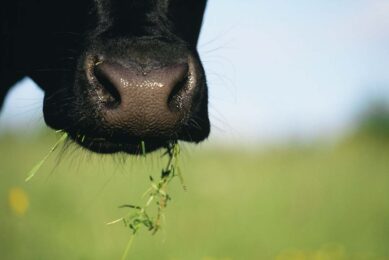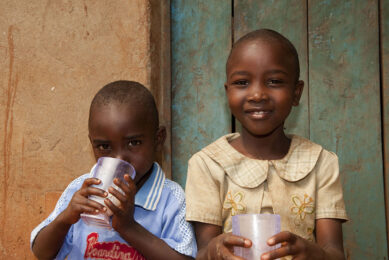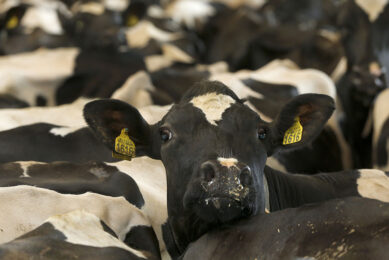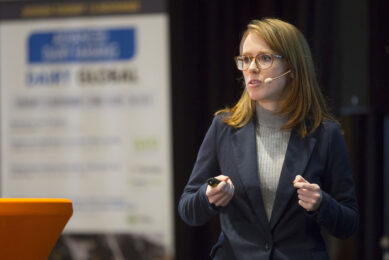Finding cows in the stable made easy
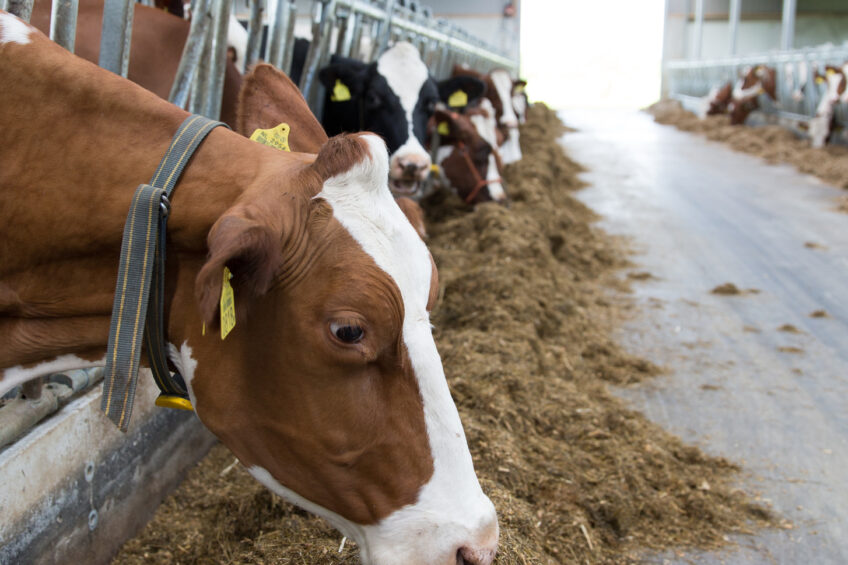
A new tag can help farmers find individual cows quickly and easily. Especially on large farms, this can save dairy farmers a considerable amount of time.
Dairy farms are getting bigger, a trend seen all over the world. One that is inevitable. Large herds bring extra challenges for effective and efficient herd management. The times when the dairy farmer knows every single cow and can spot each one in the barn in a few seconds are over.
Large farms often have more than one barn and multiple workers on the farm and, instead of 100 cows, 1,000 or even more animals. Supervising and separating them when necessary has become difficult and time-consuming. Think of animals that still have to go through the milking robot, cows in heat or cows that need to be treated by a veterinarian. “Farmers want to use their time as efficiently as possible. This is why we have developed the new positioning system. It is a savvy system that follows each cow in the barn via the signal that is sent by the tag on the neck of the cow. Dairy farmers can consult the map of their barn online via the monitor of their PC, tablet or smartphone and keep track of the position of one or more cows in real-time,” explains Floor van Dijk from Nedap, head of marketing. The cow’s position is monitored by the tag that is in contact with the beacons hanging from the barn ceiling. A minimum of three beacons is needed to calculate the position of the cow. The beacons are installed every 15-20 metres in the barn.

Bert Versteeg: “The cow positioning comes in handy when inseminating the cows.”
Effective insemination
The tag, introduced last year, has since been tested by Dutch dairy farmer Bert Versteeg. He explains: “I have been using health and heat detection tags from Nedap for a long time. The data coming from these systems give me a lot of information. So I was really interested in adding the cow positioning tag as well.” Together with his wife and son, Versteeg runs a business with 125 dairy cows and 100 calves.
In August 2014, they doubled the length of the free stall barn, so the company can gradually grow to 160 cows. “The cow positioning comes in handy when inseminating the cows. After the evening milking, I keep my cows in the feed barrier for half an hour. Meanwhile, I look at the PC in the tank room, clicking the cows flagged for attention in the heat detection programme. Then I prepare the rods and, thanks to the cow positioning system, I no longer have to walk back and forth along that line of over one hundred cows to find the next one I am looking for. I see right where they are,” Versteeg explains. With the barn floor plan on his smartphone, he can easily find the cows he wants to move to the dry group and the cows that will be scanned for pregnancy by the veterinarian. Together with the accuracy of the heat detection system, Versteeg managed to have the heifers calf at 23.5 months, with 1.3 inseminations for the heifers and 1.4 inseminations for adult cows on average. “For young cows, especially, it is important to not miss a thing, as it costs me €2-3 per day to raise them,” explains Versteeg.
Combination is key
To be able to inseminate effectively, heat detection is commonly used on most dairy farms. Monitoring health, such as tags to measure standing/lying behaviour, and monitoring eating are becoming more popular. But it seems that the combination of using the data from all these monitoring systems (including the cow positioning) is key. When a farmer receives a notice that a cow is lying the whole day or isn’t eating that well, the cow position system can be used to quickly find the cow and have the veterinarian give her the right treatment, for example. So the combination of heat detection, health monitoring and cow position makes the work easier and saves time. And as the number of cows in the company increases, this will be increasingly important. “In the future, we plan to grow to 150 cows. I want to continue working like this and maybe slightly reduce the calving interval a bit more,” says Versteeg. Floor van Dijk from Nedap expects that more dairy farmers around the world will see the benefits of the cow position system. “Think of the farmers with big numbers of cows in the US or China. Although there is always an investment involved, the time (and money) saved can be substantial. And we are continuing to develop the tag even further.”
Join 13,000+ subscribers
Subscribe to our newsletter to stay updated about all the need-to-know content in the dairy sector, two times a week.





